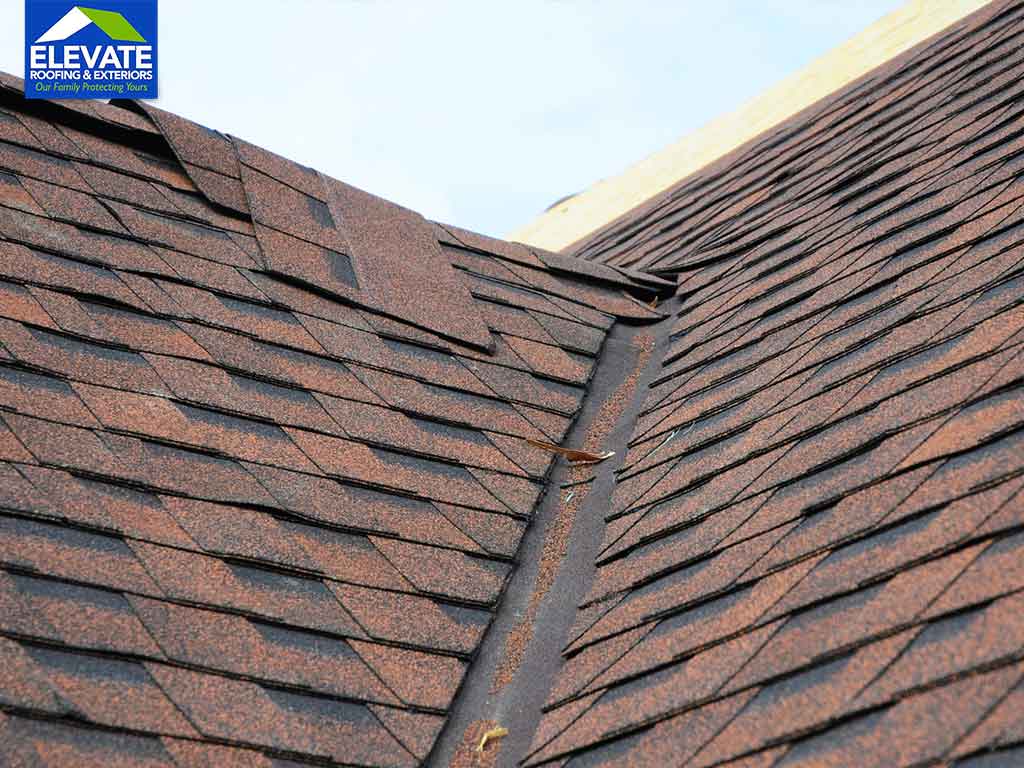All In One About Roof Flashing
Table of ContentsWhy Is Roof Flashing So Important?All In One About Roof FlashingRoofing: How To Install Step Flashing (Diy)
Setting up headwall and sidewall flashing correctly becomes more time taking in when the outside wall covering is brick or stone."Time-consuming" can mean "more costly", which is why a great https://jeffreyuijy938.postach.io/post/edge-flashing-for-your-roof deal of the counter flashing you'll see at brick and stone walls will be improperly set up and will entirely depend on some sort of sealant to prevent moisture intrusion.
 Roof Flashing: Why It Matters
Roof Flashing: Why It Matters
This is why it is advised to set up regret flashing to ensure the most protection from moisture intrusion. Step Flashing Action flashing is an L-shaped piece of metal, usually aluminum or galvanized steel, and is utilized where a sloped roof intersects a vertical wall. Step flashing is linked with the shingles and act basically as shingles with an unturned leg to enable a transition of the vertical drainage airplane of the wall to the drain plane of the roofing.
 The Importance Of Roof Flashing
The Importance Of Roof Flashing
The bottom leg of the action flashing is placed over the roof drainage plane. A crucial element of the step flashing is the piece that is at completion of the slope of the roofing system is called the kickout flashing. This roof flashing directs water far from the adjoining wall and ensures that the step flashing is not collecting water on the surface of that wall.
Roof Flashing: Its Definition And Importance
Step flashing redirects the water back onto the shingle and away from valleys and joints. Even if one piece of step flashing fails, the next flashing and shingle listed below it begin the process over again, providing a system to safeguard your roof from water damage. Continuous flashing against a sidewall is one way to set up flashing on a roofing system, however it's not the proper way.
Once even a little area of the constant flashing stops working, you'll have a leakage. Each extra rainstorm will include more water, and prior to you know it, you've got rotted wood and a roofing inspector in your house. Action flashing deals far much better defense from leaks since even if a single piece of step flashing fails, the water just hits the next step of the flashing.
Kickout flashing which can also be called diverter flashing is an unique kind of flashing installed at the edge of the flashing that diverts rainwater far from the cladding and into the gutter. When your roofer sets up kickout flashing appropriately, the flashing will provide outstanding protection against the penetration of water behind the exterior wall covering where the flashing ends.
Understanding The Fundamentals Of Metal Roof Flashing
Kickout Flashing Yes, there can be numerous factors that can lead to rainwater intrusion, however a missing kickout flashing, in particular, frequently leads to focused locations of water build-up and potentially serious damage to exterior walls. If you take place to find saturation and perhaps plant growth on the outside siding of your house, you might have missing kickout flashing triggering the water damage.
https://www.google.com/maps/embed/v1/directions?key=AIzaSyAT8ig6vIZpArpz5aokN-7eevoH-Unfy0Y&origin=32.1433135,-110.9163409&destination= AZ 85755&mode=driving
Having this flashing correctly set up is crucial in safeguarding some of the most susceptible areas of your roof. Apron Flashing Apron flashing is normally applied as part of the roof repairs - DCRoofingArizona.com two-piece roofing system. The apron is the lower L shaped piece that changes the regular step flashing, which covers the roof material and extends up the vertical surface of the roof penetration.
https://www.youtube.com/embed/KpUB5TlxS7Y
DC Roofing of Arizona
Tucson, AZ
(520) 979-9095
https://www.dcroofingarizona.com/
https://www.google.com/maps?cid=13615084232433183222
Now that you have had a breakdown of the important role that roof flashing plays when it comes to the protection of your roofing, it is simple to see why it is required on nearly all roof projects. Without roofing flashing, our roofings would be a lot more susceptible to water damage, costing homeowners thousands of dollars in repair work or replacement.
